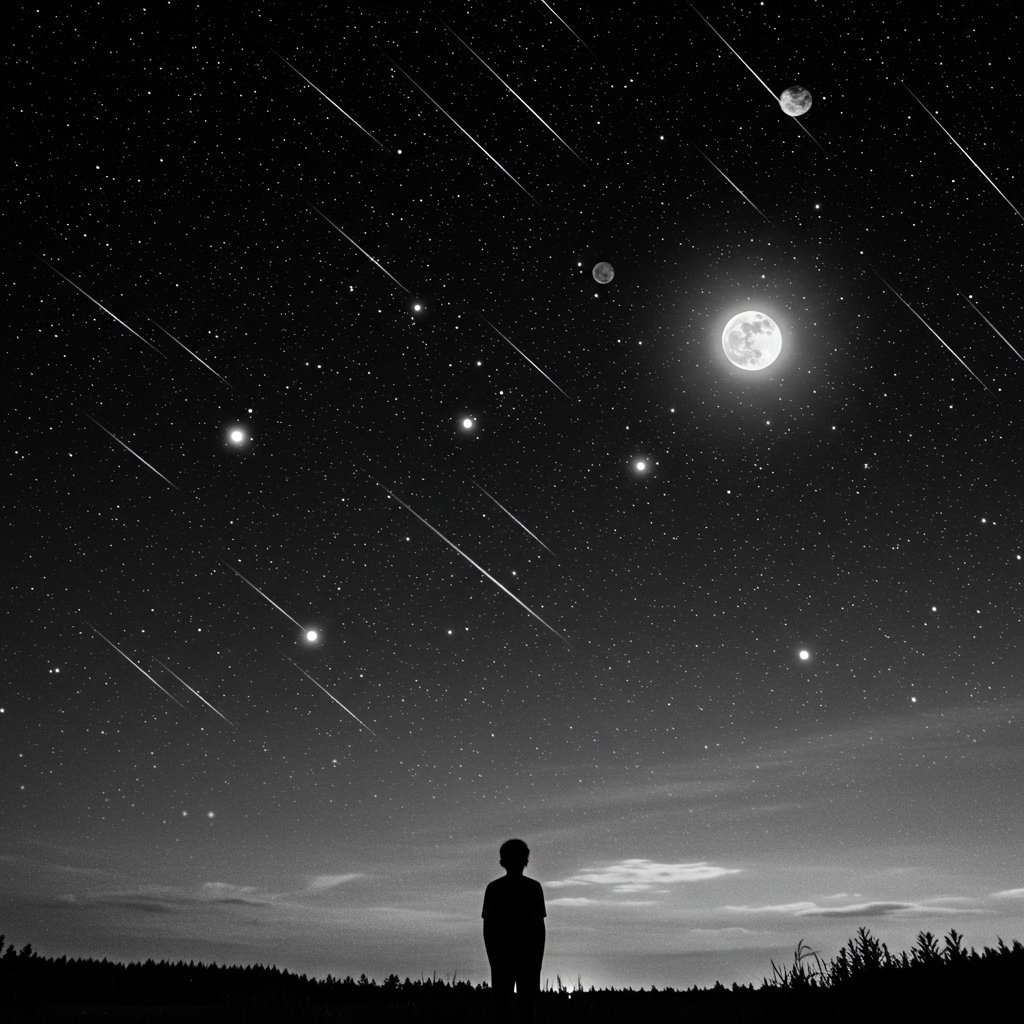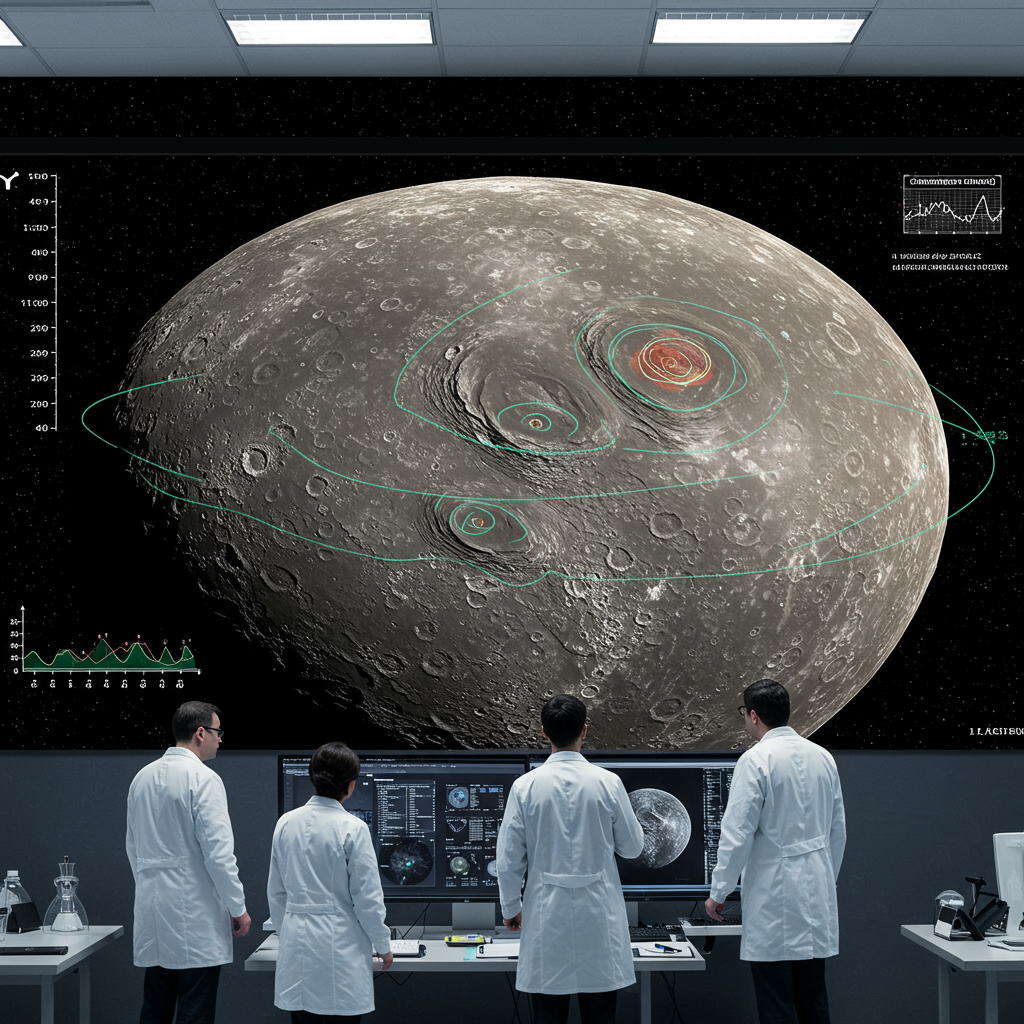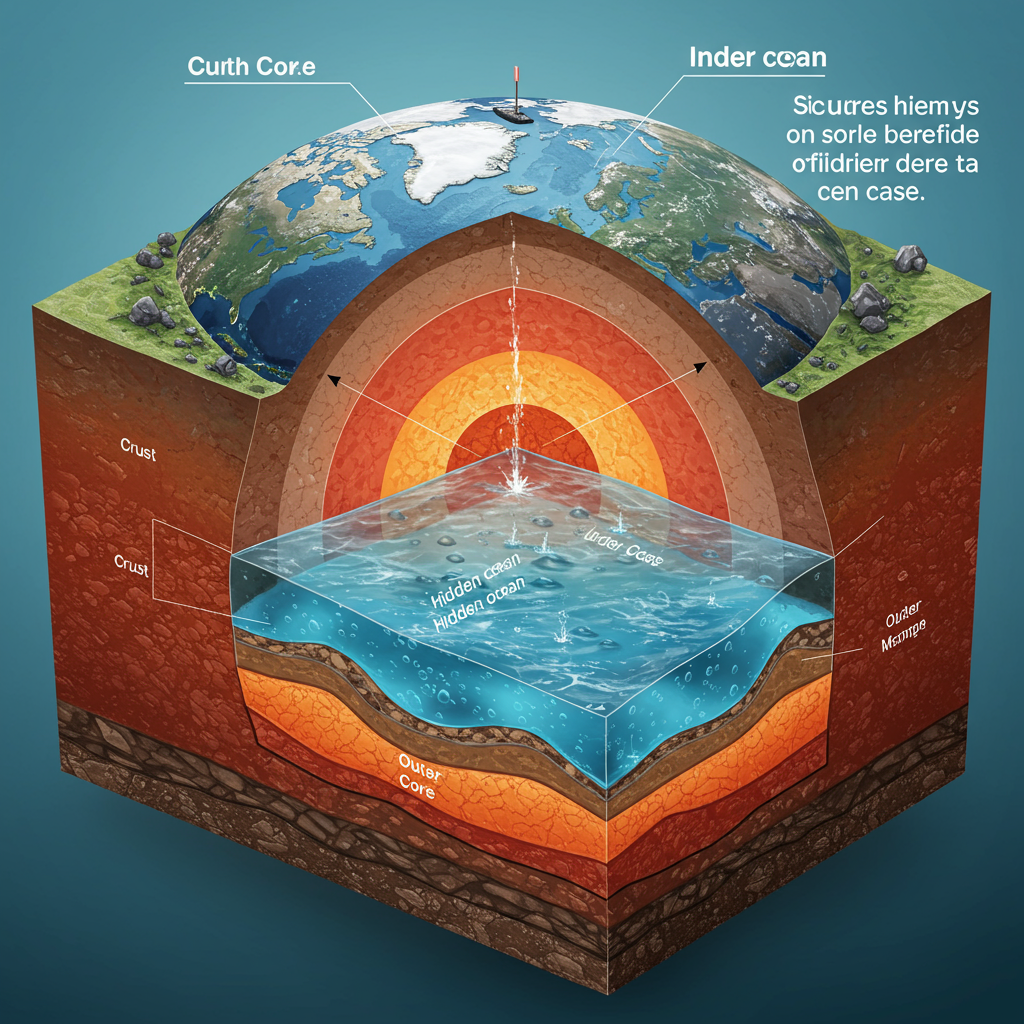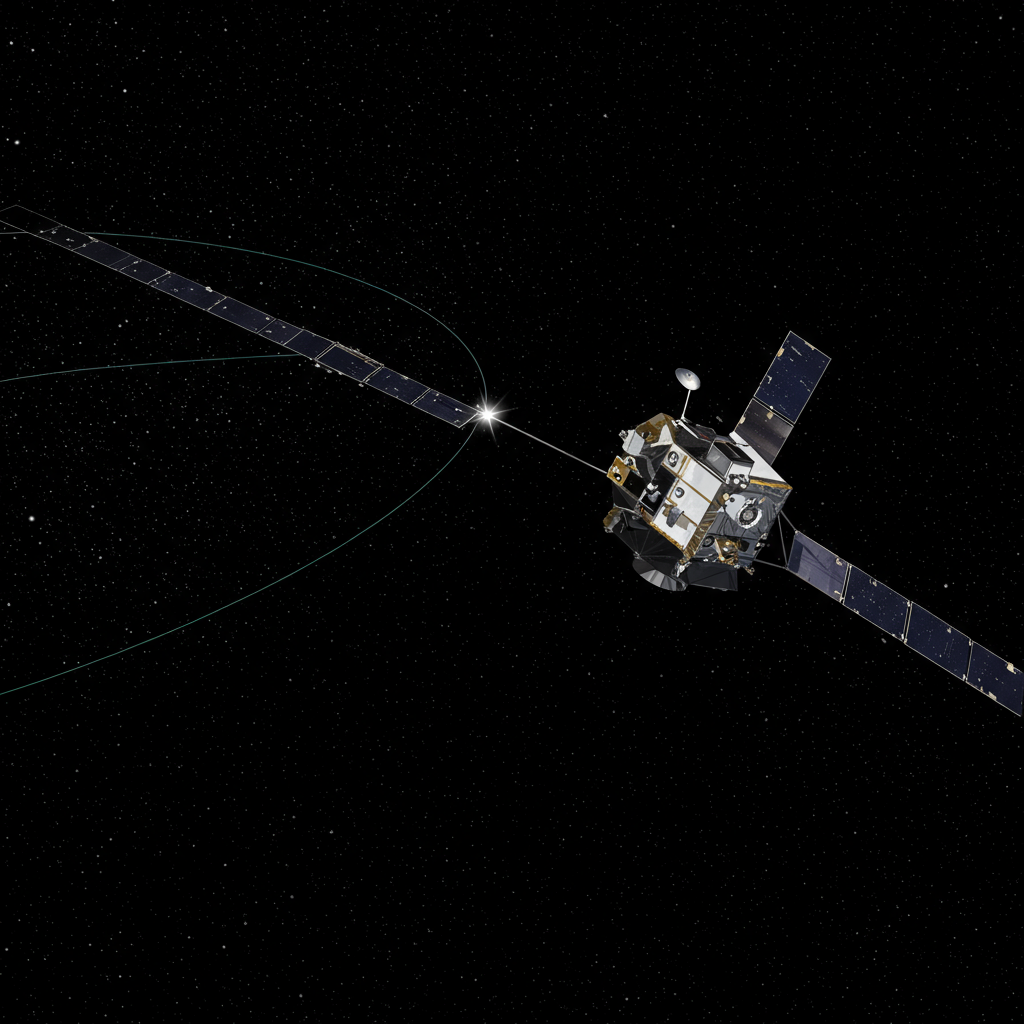Get ready for an extraordinary month in the night sky! August ushers in a dazzling display of celestial wonders, headlined by the full Sturgeon Moon. This isn’t just any full moon; it’s a cosmic anchor for a spectacular series of events, including the renowned Perseids meteor shower and rare planetary alignments. For anyone keen to connect with the cosmos, August offers an unparalleled stargazing opportunity. This guide provides all the essential details to help you witness these captivating phenomena, ensuring you don’t miss a single moment of the celestial magic.
Unveiling the August Full Moon: The Sturgeon Moon
The August full moon, affectionately known as the Sturgeon Moon, is the final full moon of the summer season. It officially reaches its peak illumination on Friday, August 9, at 3:55 a.m. ET (07:55 GMT). While this precise moment of fullness is fleeting, the Moon will appear nearly full to the naked eye for several nights. You can enjoy its impressive glow from August 6 through August 11, remaining over 90% illuminated throughout this period. So, if you miss the exact peak, there’s still ample time to gaze at its grandeur.
Why is it Called the Sturgeon Moon?
The captivating name “Sturgeon Moon” originates from Native American tribes, particularly those residing around North America’s Great Lakes region. For these communities, August traditionally marked the peak season for fishing the mighty lake sturgeon. These ancient, giant freshwater fish were a crucial food source, and their abundance during mid-to-late summer coincided with this specific full moon.
The sturgeon itself is a remarkable creature, often hailed by scholars as a “living fossil.” This designation reflects its lineage, which dates back over 120 million years to the Cretaceous period, making it the most primitive of all bony fish. Sturgeons are also celebrated for their incredible longevity. While their average lifespan spans 50 to 60 years, female sturgeon can live for an astonishing 150 years! Sadly, all 26 species of sturgeon globally face endangerment today due to overfishing and water pollution. The Sturgeon Moon serves as a poignant reminder of these majestic creatures and the importance of nature conservation.
Beyond the well-known “Sturgeon Moon,” August’s full moon boasts an array of other fascinating traditional names from various cultures. These include the Corn Moon, Ricing Moon, Black Cherries Moon, and Mountain Shadows Moon. Anglo-Saxons referred to it as the Grain Moon, while the Cree people called it the Flying Up Moon, referencing young birds learning to fly. In Hindu culture, the August full moon marks the festival of Raksha Bandhan, celebrating the bond between brothers and sisters.
Catching the Celestial Fireflies: The Perseids Meteor Shower
August isn’t just about the full moon; it’s also prime time for one of the year’s most beloved meteor showers: the Perseids. This annual spectacle, stemming from debris left by the Swift-Tuttle comet, is known for its prolific and bright meteors. The Perseids are active throughout August, but their peak activity is anticipated on the night of August 12 into the morning of August 13.
However, there’s a significant challenge for 2025’s Perseids: the bright Sturgeon Moon. The moon will still be a luminous waning gibbous phase, about 92% illuminated during the shower’s peak. This bright moonlight can unfortunately wash out fainter meteors, making them harder to spot.
Stargazing Tips for the Perseids:
Go Early or Late: Observe the shower in the pre-dawn hours of August 13, after the Moon has set or is lower in the western sky. This allows the sky to become darker.
Block the Moonlight: If possible, find a viewing spot where natural features like trees, buildings, or mountains can physically block the moon’s direct light.
Look for Fireballs: The Perseids are renowned for producing exceptionally bright meteors, known as “fireballs,” which can be as luminous as the planet Venus. These dazzling streaks are often visible even through considerable light pollution or bright moonlight.
Patience is Key: Give your eyes at least 20-30 minutes to adjust to the darkness for optimal viewing.
While the Perseids are the main event, the Eta Eridanids meteor shower also peaks in early August (around August 7-8), though it’s much less prolific, producing only about three meteors per hour.
A Cosmic Ballet: August’s Planetary Alignments
Beyond the Sturgeon Moon and the Perseids, August 2025 promises an extraordinary “planet parade” and several captivating planetary conjunctions. This month offers a fantastic opportunity to see multiple planets, some with the naked eye and others with simple optical aid.
Key Planetary Events in August:
August 9 Morning: As the Sturgeon Moon peaks, you’ll find a concentrated area of celestial activity in the eastern sky. Venus and Jupiter will be shining brightly there, conveniently aligning with the radiant point of the Perseids meteor shower (the Perseus constellation).
August 11-12: Moon and Saturn Tango: On the night of August 11, extending into the morning of August 12, the waning gibbous moon will appear to rise alongside Saturn in the eastern sky. For those with a telescope or good binoculars, Neptune will also be visible just above Saturn, though it requires magnification. Saturn will be nearing its closest approach to the Moon on August 12.
August 11-13: Venus Joins Jupiter: Witness a stunning close conjunction between Venus and Jupiter, two of the brightest planets in our night sky. They will appear exceptionally close, less than one degree apart on August 12, roughly the width of your pinky finger held at arm’s length. Look for them in the eastern sky during the pre-dawn hours.
August 18: The Grand Planet Parade: This is arguably the highlight for planet enthusiasts. Just before sunrise on August 18, a spectacular alignment often dubbed a “planet parade” will be visible. Six planets—Mercury, Venus, Jupiter, Uranus, Saturn, and Neptune—will align in a giant arc across the sky, joined by the crescent Moon. For optimal viewing, look to the east approximately 45 minutes before sunrise. Mercury will be lowest on the horizon, followed by dazzling Venus and the softer glow of Jupiter. The crescent Moon will be a bit higher, with Uranus at the “center” of the arc, accompanied by Saturn, and Neptune appearing above it. While Venus and Jupiter are easily seen with the naked eye, Mercury, Uranus, and Neptune will require binoculars or a telescope for clear viewing. This grand alignment is a special treat, with the next similar event not expected until February 28, 2026.
August 19: Optimal Mercury Viewing: Elusive Mercury, usually difficult to spot due to its proximity to the Sun, reaches its greatest western elongation on this morning. This means it will be at its farthest point from the eastern horizon, offering stargazers about an hour of prime viewing before sunrise. Mercury will be visible alongside Venus, Jupiter, and the waning crescent moon in the eastern sky.
August 26: Crescent Moon Meets Mars: In the evening hours, a slender crescent moon will pair beautifully with the reddish hue of Mars near the western horizon. Viewing time will be limited as they set about an hour after sunset.
Your Guide to Optimal Stargazing This August
To truly make the most of August’s incredible night sky events, consider these practical tips:
Find a Dark Sky Location: Light pollution is the biggest obstacle for stargazers. Seek out a spot far from city lights, such as a designated dark-sky park or a rural area. The core of the Milky Way, for instance, is at its brightest in August, and a dark sky will reveal its full glory.
Check Local Conditions: Always consult local weather forecasts for clear skies and low humidity. Humidity can significantly obscure celestial views.
Allow Eye Adjustment: Once you’re in a dark location, give your eyes at least 20-30 minutes to fully adjust to the darkness. Avoid looking at bright phone screens during this time.
Use Stargazing Apps: Free or paid apps like Star Walk or SkyView can help you identify constellations, planets, and the Moon’s position in real-time.
Consider Binoculars or a Telescope: While many events are visible with the naked eye, binoculars (7×50 or 10×50) can enhance views of the Moon, brighter planets, and even some meteor fireballs. A small telescope will reveal more detail on planets like Saturn’s rings or Jupiter’s moons, and is essential for spotting Uranus and Neptune.
Be Patient and Persistent: Some events, especially meteor showers, require patience. Dedicate enough time to observe, and you’ll be rewarded.
Other August Sky Sights
Beyond the headline events, August continues to offer general stargazing delights. For those at high latitudes, like Iceland or Greenland, late August marks the exciting return of the stronger-than-average northern lights season. Throughout the month, you can also explore prominent constellations. In the southern evening sky, look for Aquarius, Capricornus, and Sagittarius. As the night progresses, eastern skies will reveal Taurus, Cetus, and Pisces, with Orion and Gemini rising closer to dawn. The northern sky hosts perennial favorites like Ursa Major (the Big Dipper), Ursa Minor (the Little Dipper), and Cassiopeia.
Frequently Asked Questions
What is the Sturgeon Moon and why is it named that?
The Sturgeon Moon is the traditional name for August’s full moon, reaching peak illumination on August 9, 2025. It gets its name from Native American tribes, particularly those in the Great Lakes region, where August was historically the peak time for catching abundant lake sturgeon. These ancient fish, often called “living fossils,” were a vital food source. The name serves as a reminder of these long-lived, now endangered, creatures.
Where and when is the best time to see August’s planetary alignment?
The most spectacular planetary alignment, involving Mercury, Venus, Jupiter, Uranus, Saturn, Neptune, and the Moon, is anticipated just before sunrise on August 18, 2025. For optimal viewing, look to the eastern sky approximately 45 minutes before local sunrise. Finding a high vantage point with minimal light pollution will significantly enhance your experience. While Venus and Jupiter are naked-eye visible, binoculars or a telescope are recommended for Mercury, Uranus, and Neptune.
How can I best observe the Perseids meteor shower despite the bright moon?
The Perseids meteor shower peaks on the night of August 12 into August 13, 2025. Although the bright waning gibbous moon will unfortunately wash out fainter meteors, you can improve your chances. Try observing in the pre-dawn hours of August 13, after the moon has set or is lower in the western sky. Alternatively, use a physical obstruction like a building or large tree to block the moon’s direct light. Focus on spotting the brighter fireballs, for which the Perseids are famous, as these can shine through significant lunar illumination.
August 2025 truly presents an astronomical feast for sky-watchers. From the radiant Sturgeon Moon to the active Perseids meteor shower and an impressive lineup of planets, there are countless reasons to look up. Remember to seek dark skies, allow your eyes to adjust, and arm yourself with patience. Whether you’re a seasoned astronomer or a casual observer, the stunning events of August’s night sky promise to create unforgettable memories. Don’t miss this incredible opportunity to connect with the universe!




